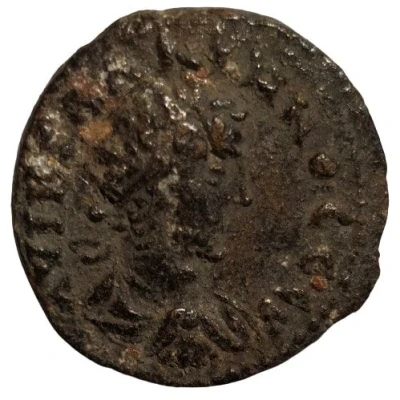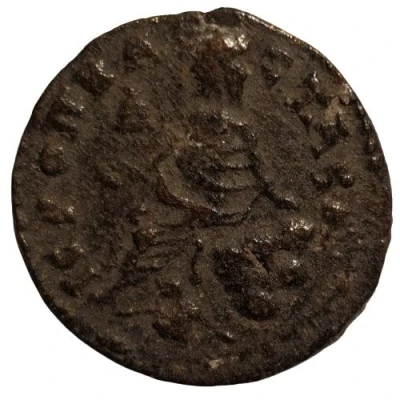


© stefandobyy
Diassaria - Gallienus IEΡOΠ KACTABAΛ
| Bronze | 6.12 g | 20.3 mm |
| Issuer | Hieropolis-Castabala (Cilicia) |
|---|---|
| Emperor | Gallienus (Publius Licinius Egnatius Gallienus) (253-268) |
| Type | Standard circulation coin |
| Years | 253-268 |
| Value | Diassarion (⅕) |
| Currency | Drachm |
| Composition | Bronze |
| Weight | 6.12 g |
| Diameter | 20.3 mm |
| Shape | Round (irregular) |
| Technique | Hammered |
| Orientation | Variable alignment ↺ |
| Demonetized | Yes |
| Updated | 2024-10-06 |
| Numista | N#396686 |
|---|---|
| Rarity index | 97% |
Reverse
Tyche seated to left on rock, one or more grain ears in right hand, left hand on rock, with river-god Pyramos below swimming to left, and the numerical letter Δ (value mark) in field
Script: Greek
Lettering:
IEPOΠ KA-CTABA
Δ
Interesting fact
One interesting fact about this coin is that it features a rare combination of symbols on its reverse side. The coin bears the image of a stork, which was a symbol of fertility and prosperity in ancient Greek culture, and a crescent moon, which was a symbol of the goddess Luna. The combination of these two symbols is unusual and suggests that the coin may have been minted to commemorate a specific event or festival. Additionally, the coin's bronze composition and relatively small weight suggest that it may have been used for everyday transactions, providing a glimpse into the economic and monetary systems of the time.